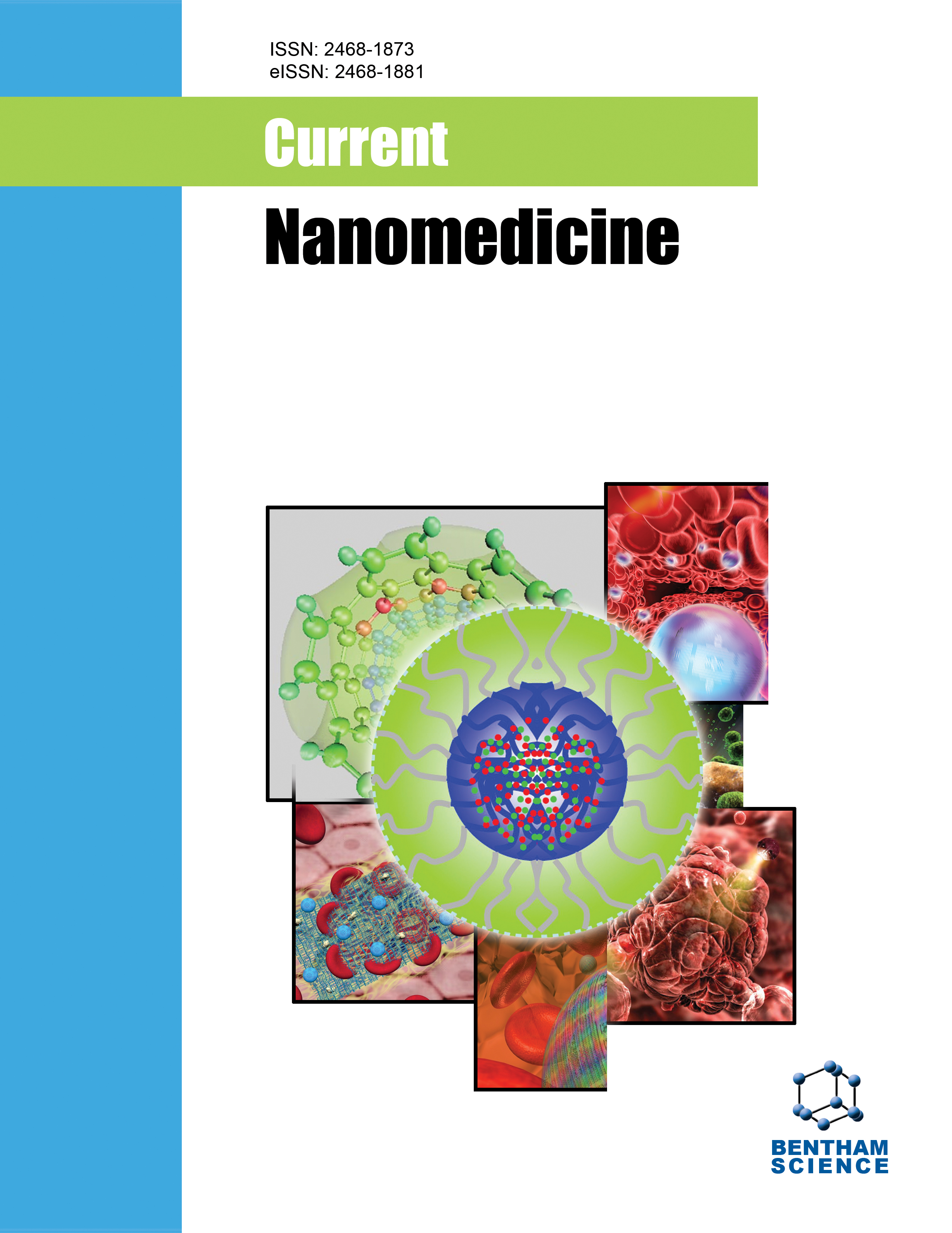
Full text loading...
We use cookies to track usage and preferences.I Understand

Based on the scientific evaluation from the literature survey, polyphenolic compounds have numerous health benefits but limitations such as poor bioavailability, making it difficult for the formulator. Polyphenolic compounds face major challenges such as poor solubility, stability, and lesser absorption in the body. It is the major concern towards the bioactives for formulating it into suitable delivery and also for specific activity.
The main aim of this article is to describe the developments in nanoformulation techniques designed to enhance the bioavailability of polyphenols and other bioactives.
The PubMed literature survey with the key term “enhancing the bioavailability of poly phenolic bioactive compounds brought around 38 articles for the year 2008 to 2024. The term “nanoformulations for Poly phenols” tend to give the efficient methodologies and different nanoformulation techniques for formulating the bioactives. Nanoformulations are said to have advancements like nanoscale range in size, and tailored structure which give solutions to overcome the challenges and improve the delivery of bioactives. It serves as an innovative solution and has an impact on the improvement of polyphenols. The evaluation role includes the modulation of pharmacokinetic, pharmacodynamic, and enhancement of therapeutic efficacy by applying the nanoformulation methods.
This review mainly highlights the lipid-based nanocarriers such as SLN, NLC, Liposomes, Niosomes, Ethosomes, Transferosomes, and Nanoemulsion and their different methods. The key information about the current trends, benefits, and future directions.
In summary, this article concludes with the advancement made using nanoformulation techniques and effective therapeutic strategies in the field of nano nutraceuticals.

Article metrics loading...

Full text loading...
References


Data & Media loading...